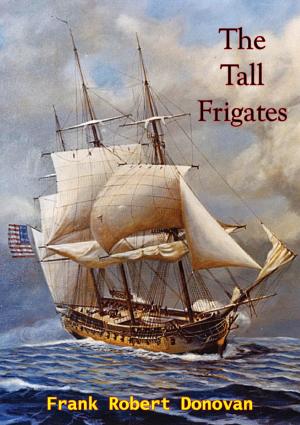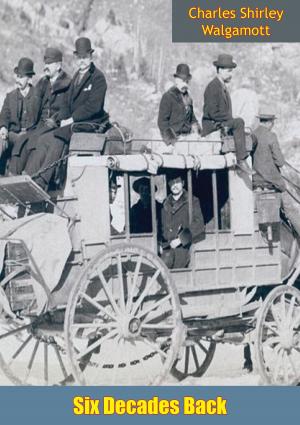Comparison Of Initiative During The 1864 Virginia Overland Campaign
Nonfiction, History, Modern, 19th Century, Americas, United States, Civil War Period (1850-1877), Military| Author: | Major Jeffrey S. Shadburn | ISBN: | 9781782896319 |
| Publisher: | Golden Springs Publishing | Publication: | August 15, 2014 |
| Imprint: | Golden Springs Publishing | Language: | English |
| Author: | Major Jeffrey S. Shadburn |
| ISBN: | 9781782896319 |
| Publisher: | Golden Springs Publishing |
| Publication: | August 15, 2014 |
| Imprint: | Golden Springs Publishing |
| Language: | English |
This study is an analysis of the competing initiative displayed between Generals Ulysses S. Grant and Robert E. Lee during Grant’s 1864 Overland Campaign in Virginia.
It begins with Lincoln’s appointing Grant as Lieutenant General and General in Chief of all Union armies on March 9, 1864, and concludes with the failure of Grant’s June 18 assault at Petersburg, Virginia. Grant and Lee’s campaign intentions are analyzed, their means are compared, and their armies’ actions are described and analyzed to determine that Lee displayed greater initiative than Grant.
Lee demonstrated superior initiative during the campaign because he forced Grant to deviate from his plans and attack formidable defensive positions, and because he held the final initiative. Each of Grant’s flanking movements was an attempt to gain the initiative, followed by the destruction of Lee’s army. Each time Grant moved, Lee seized the initiative and barred Grant’s progress. Grant came closest to achieving his desired objective when he crossed the James River and attacked Petersburg. The attack failed because Grant’s senior commanders failed to sustain the Federal initiative.
This study is an analysis of the competing initiative displayed between Generals Ulysses S. Grant and Robert E. Lee during Grant’s 1864 Overland Campaign in Virginia.
It begins with Lincoln’s appointing Grant as Lieutenant General and General in Chief of all Union armies on March 9, 1864, and concludes with the failure of Grant’s June 18 assault at Petersburg, Virginia. Grant and Lee’s campaign intentions are analyzed, their means are compared, and their armies’ actions are described and analyzed to determine that Lee displayed greater initiative than Grant.
Lee demonstrated superior initiative during the campaign because he forced Grant to deviate from his plans and attack formidable defensive positions, and because he held the final initiative. Each of Grant’s flanking movements was an attempt to gain the initiative, followed by the destruction of Lee’s army. Each time Grant moved, Lee seized the initiative and barred Grant’s progress. Grant came closest to achieving his desired objective when he crossed the James River and attacked Petersburg. The attack failed because Grant’s senior commanders failed to sustain the Federal initiative.
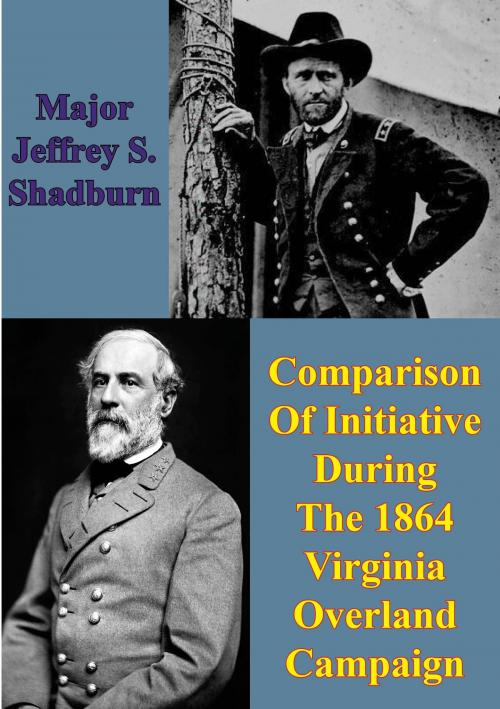
![Cover of the book The American War Of Sucession – 1863 [Illustrated Edition] by Major Jeffrey S. Shadburn](https://www.kuoky.com/images/2012/may/300x300/9781908902474-IteH_300x.jpg)
![Cover of the book With General Sheridan In Lee's Last Campaign [Illustrated Edition] by Major Jeffrey S. Shadburn](https://www.kuoky.com/images/2014/august/300x300/9781782895367-68S6_300x.jpg)
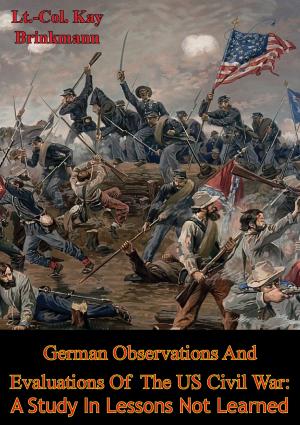
![Cover of the book Battle Of Ball’s Bluff, Staff Ride Guide [Illustrated Edition] by Major Jeffrey S. Shadburn](https://www.kuoky.com/images/2014/august/300x300/9781782898610-9NBx_300x.jpg)

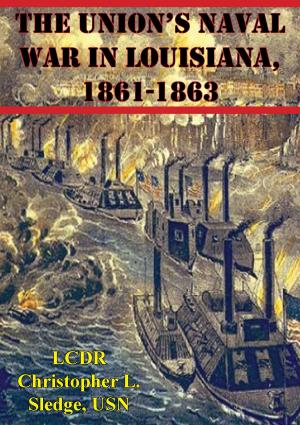
![Cover of the book The Battle of Gettysburg [Illustrated Edition] by Major Jeffrey S. Shadburn](https://www.kuoky.com/images/2016/july/300x300/9781786259530-fW5O_300x.jpg)
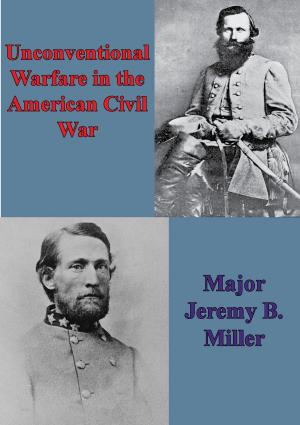

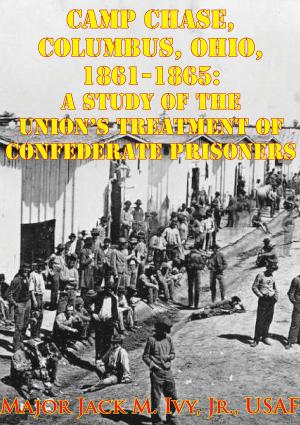
![Cover of the book Reminiscences Of The Civil War [Illustrated Edition] by Major Jeffrey S. Shadburn](https://www.kuoky.com/images/2015/november/300x300/9781786251824-T47w_300x.jpg)

